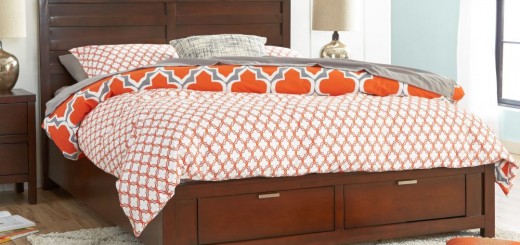The Healthiest Houseplants to Own. Fresh Air and Visual Delight in a Pot
Houseplants provide clean air indoors, by absorbing toxic elements and adjusting humidity. There should be a plant on every 85 square feet of the house living area, at a regular room height of 8 feet. So there should be at least two or three plants in a regular size living room. Here are the healthiest houseplants to own.
Ficus
One of the most popular and loved houseplants, the ficus is very successful in improving indoor air quality. Its large, shiny leaves don’t just look good, but also absorb toxins present indoors from furniture, fabrics or cleaning products, such as benzene, westrosol and formaldehyde.
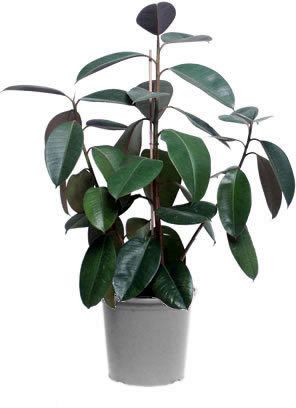
The healthiest houseplants to own. Cactus
It has true fans among houseplants lovers for its unique aspect, but the cactus is also good at absorbing toxins and noxae.
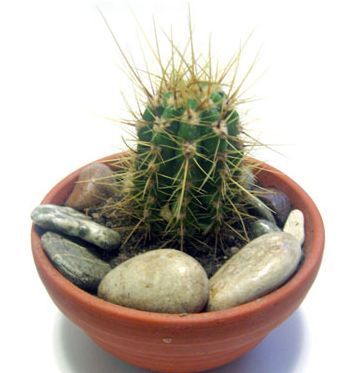
Fern and Philodendron
Purify the air, but also, through transpiration, contribute to increasing humidity in those homes where the air is dry.
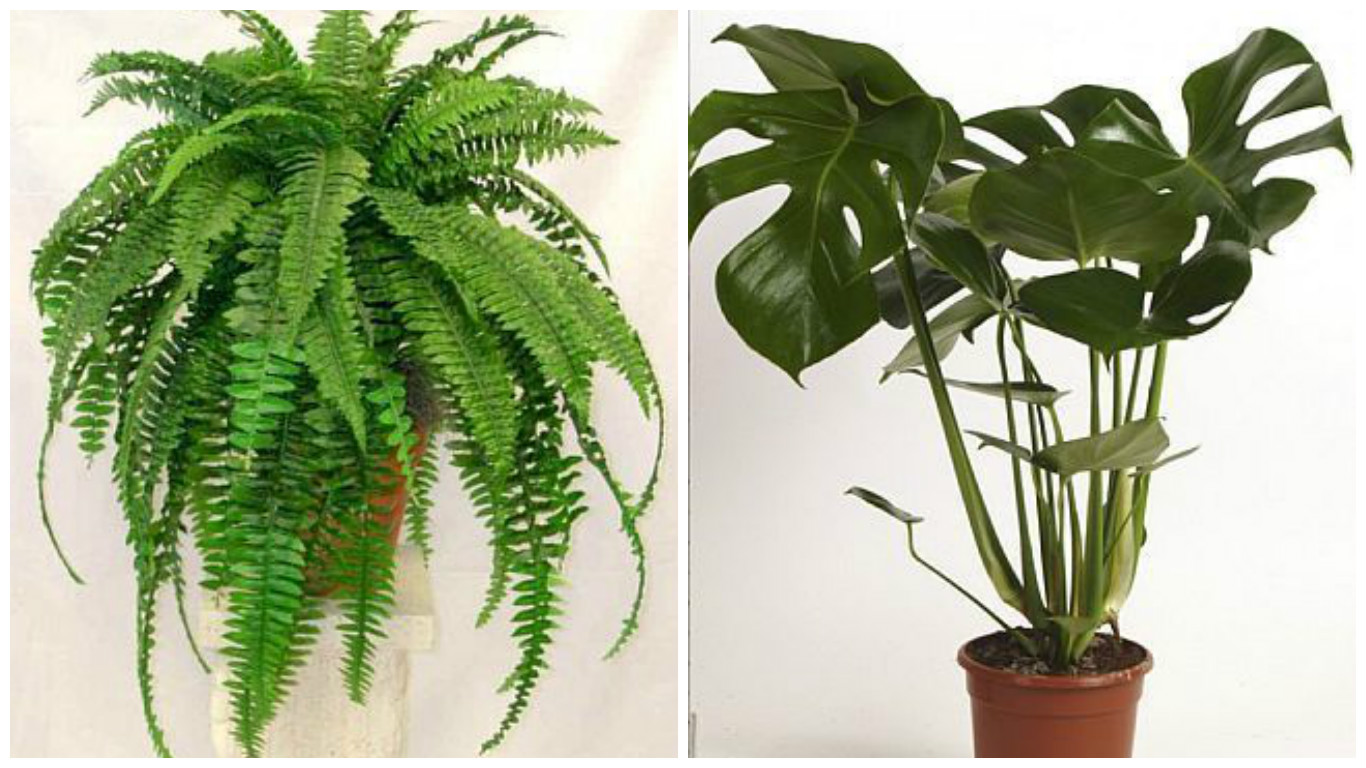
The healthiest houseplants to own. Ivy
This common plant around the house not only absorbs chemicals, but also electromagnetic waves from house equipment.
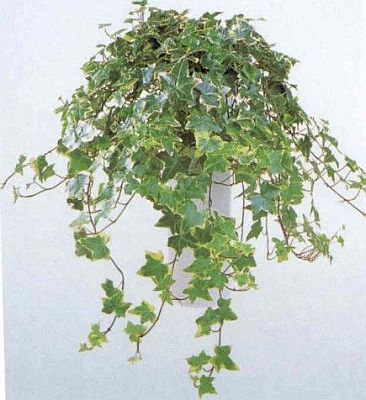
Dracaena
It’s very efficient in cleaning your indoor air, especially when renovating and using paint, adhesives, solvents and other industrial products. It has the capacity of absorbing around 90% of volatiles and benzene.

The healthiest houseplants to own. Chrysanthemum
With such beautiful flowers, available in such a diversity of colors, the chrysanthemum is extremely efficient in cleaning the air from all the toxins emitted from paints and cleaning products. It’s good to have potted chrysanthemums in your room, but having them in water is also effective.
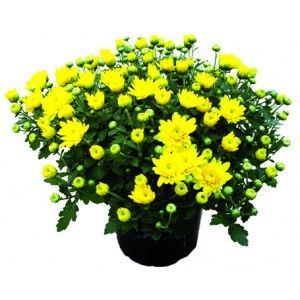
Spider plant and Peace lily
Those are like a sponge for cigarette smoke, that they absorb very quickly.
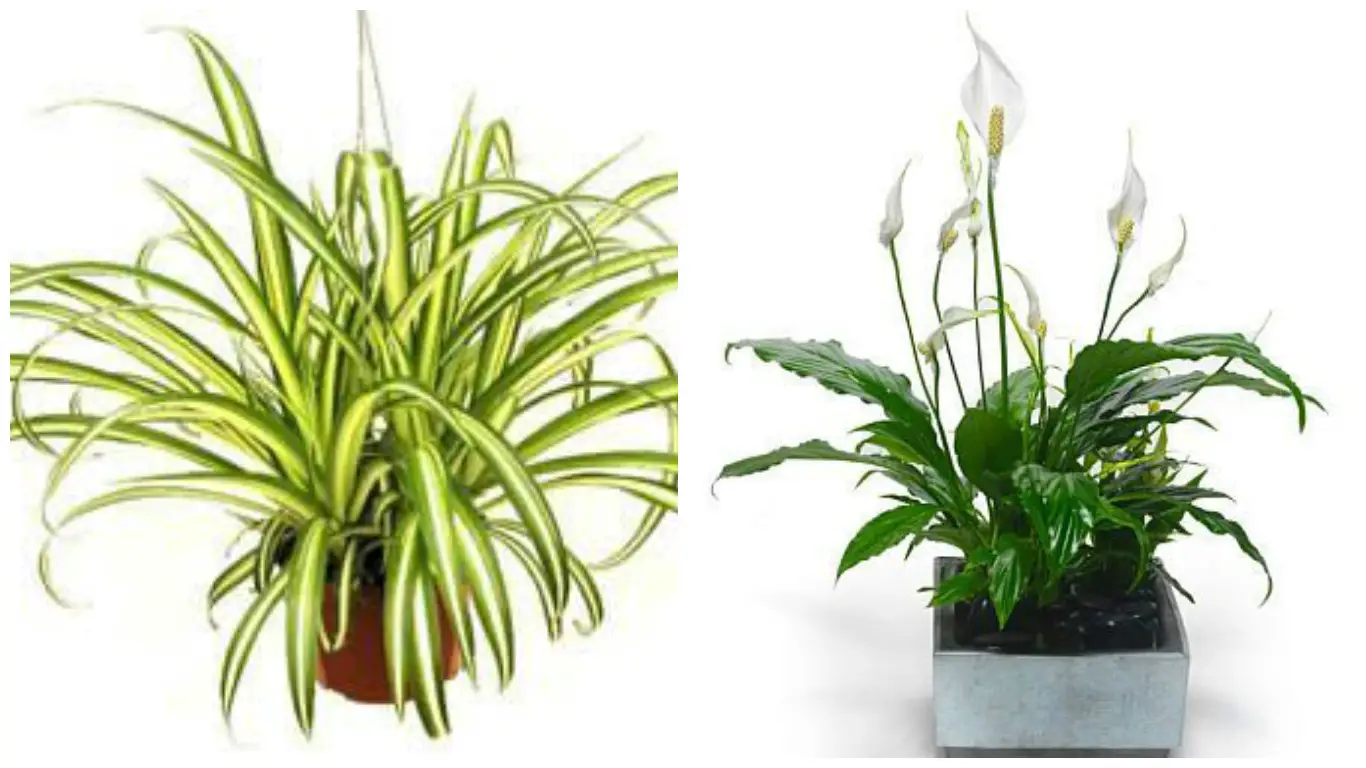
The healthiest houseplants to own. Azalea
Forming a nice bush with very pretty flowers, the azalea is renowned for absorbing ammonia, emitted from detergents and other cleaning products, which makes it a great asset in your kitchen.
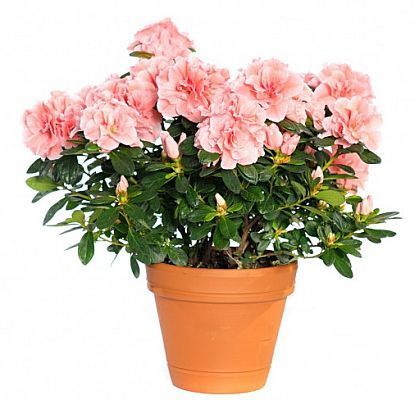
Credits: copilul.ro, sfatulmedicului.ro
